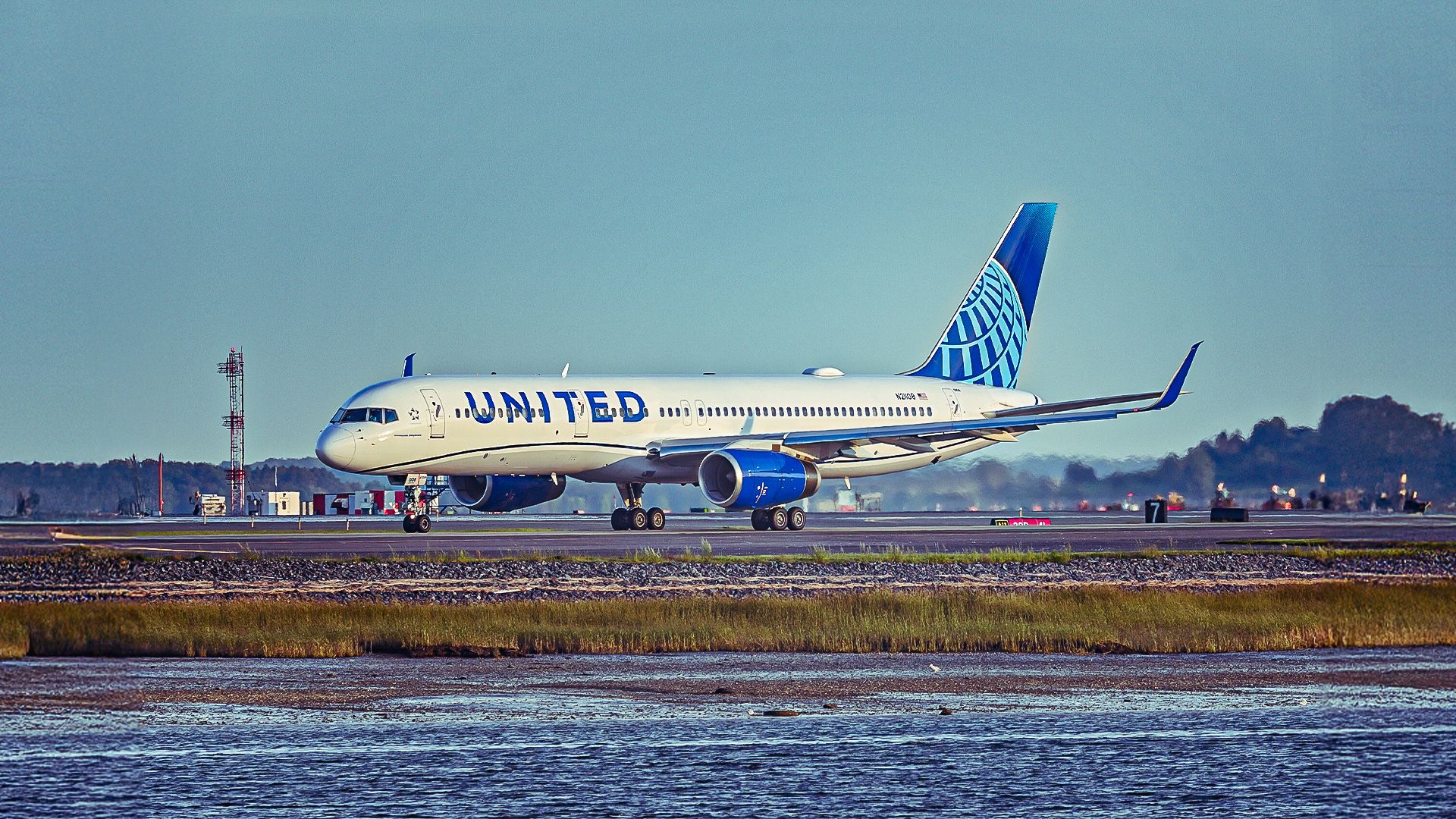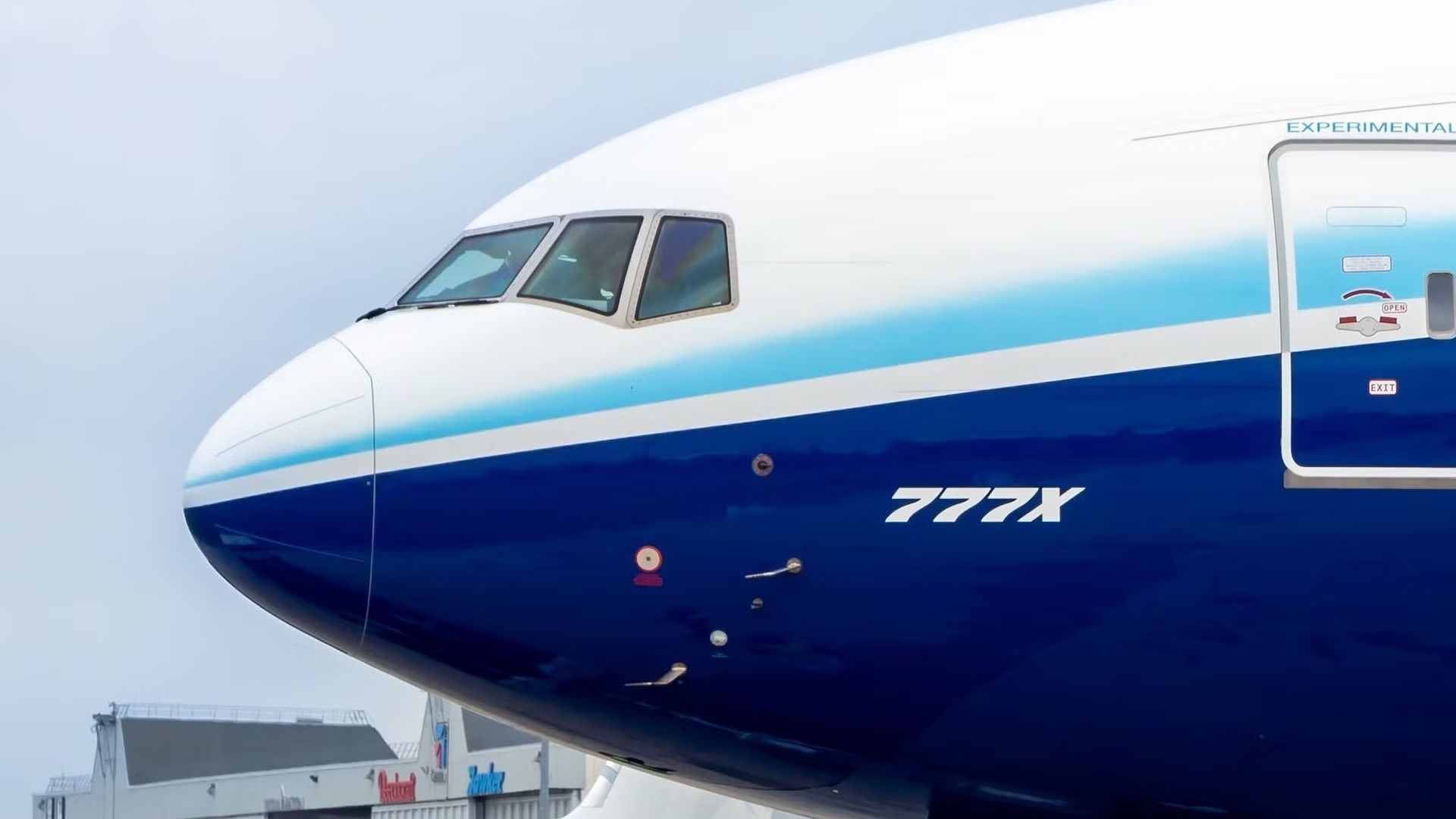The Boeing 757 continues to thrive in transatlantic aviation nearly four decades after its introduction in 1984. As of 2019, more than 60% of the total production run of the aircraft remained operational, despite the model’s design dating back to the 1970s. This enduring presence in the skies is largely due to the 757’s unique capabilities that have made it a mainstay for airlines, particularly for routes across the North Atlantic.
Several airlines, notably Delta Air Lines, operate fleets of 757s that average over 20 years in age. Delta currently manages the world’s largest fleet of this aircraft type, accounting for nearly half of all units delivered. The 757 has become synonymous with efficiency, reliability, and versatility, making it difficult for airlines to find a suitable replacement.
Unmatched Versatility on Long Routes
The Boeing 757, often referred to as the “Flying Pencil,” has carved out a niche in the mid-market segment. With a seating capacity of around 160 to 180 passengers, it is ideally suited for “long-and-thin” routes, such as New York to Manchester and Boston to Dublin. These routes do not generate sufficient traffic to justify larger aircraft but are vital for consistent year-round service.
The 757’s range of approximately 3,900 nautical miles allows it to operate nonstop from various East Coast airports in the United States to virtually all major Western European destinations. The aircraft’s performance is complemented by its power-to-weight ratio, which pilots appreciate for its handling characteristics.
Despite newer models like the Airbus A321XLR and Boeing 737 MAX, none have matched the 757’s combination of range, capacity, and operational flexibility. Boeing ceased production of the 757 in 2004 and did not offer a direct successor for over a decade, leaving airlines with little choice but to continue relying on this aging but capable aircraft.
Operational Efficiency and Advantages
The Boeing 757 gained ETOPS (Extended-range Twin-engine Operational Performance Standards) approval for transatlantic flights in 1986, coinciding with the liberalization of air travel. This certification allowed airlines to explore new routes with reduced risk and cost. Its engines, producing around 43,000 pounds of thrust each, enable the 757 to take off from shorter runways while carrying significant fuel loads, a crucial factor for transatlantic operations.
In contrast, other aircraft such as the Boeing 737 and Airbus A320 families often struggle to operate on the same long-haul routes due to limitations in fuel capacity and performance. The 757’s design allows it to maintain necessary fuel reserves while carrying additional passengers and cargo, a feature that competitors often cannot match.
The aircraft’s technical specifications further illustrate its advantages. The 757-232 variant, for example, has a maximum takeoff weight of 230,000 pounds and can cruise at speeds of 530 miles per hour. It is capable of flying up to 2,650 statute miles (approximately 4,265 kilometers) with a typical configuration of 187 passengers, making it a preferred choice for airlines on shorter transatlantic flights.
Despite its age, the Boeing 757 has shown resilience in the face of newer, more advanced aircraft. Airlines benefit from established ecosystems for pilot training, maintenance, and parts supply, reducing operational costs significantly.
The absence of a direct successor has left a void in Boeing’s portfolio. The much-anticipated 797 project has not yet materialized, and the company’s focus shifted towards larger wide-body aircraft like the 787 Dreamliner. This decision has been viewed as a critical misstep in commercial aviation history.
As the aviation industry moves towards modern, fuel-efficient aircraft to meet carbon reduction goals, the 757’s future remains uncertain. While the Airbus A321XLR presents a formidable challenge with its advanced engines and increased range, the Boeing 757 continues to excel in its operational niche.
The legacy of the Boeing 757 illustrates not only the aircraft’s enduring appeal but also the complexities of evolving market demands in commercial aviation. As airlines navigate the transition to newer models, the 757’s unique attributes ensure it remains a vital component of transatlantic air travel for the foreseeable future.







